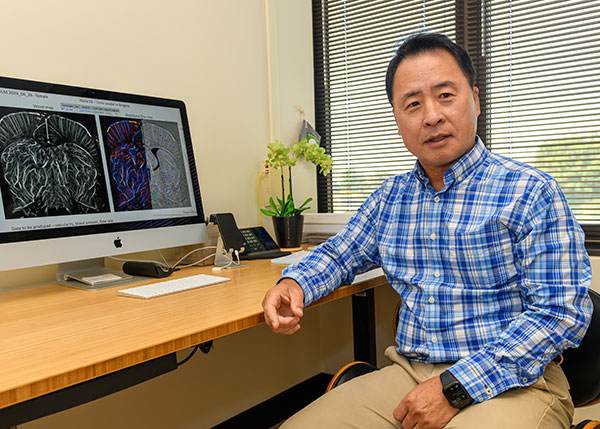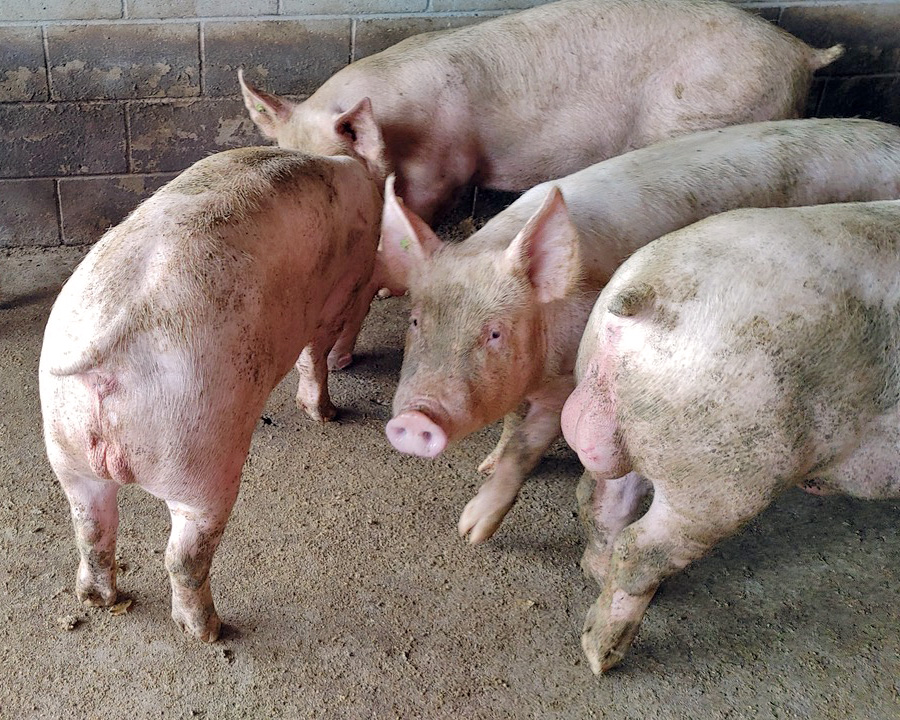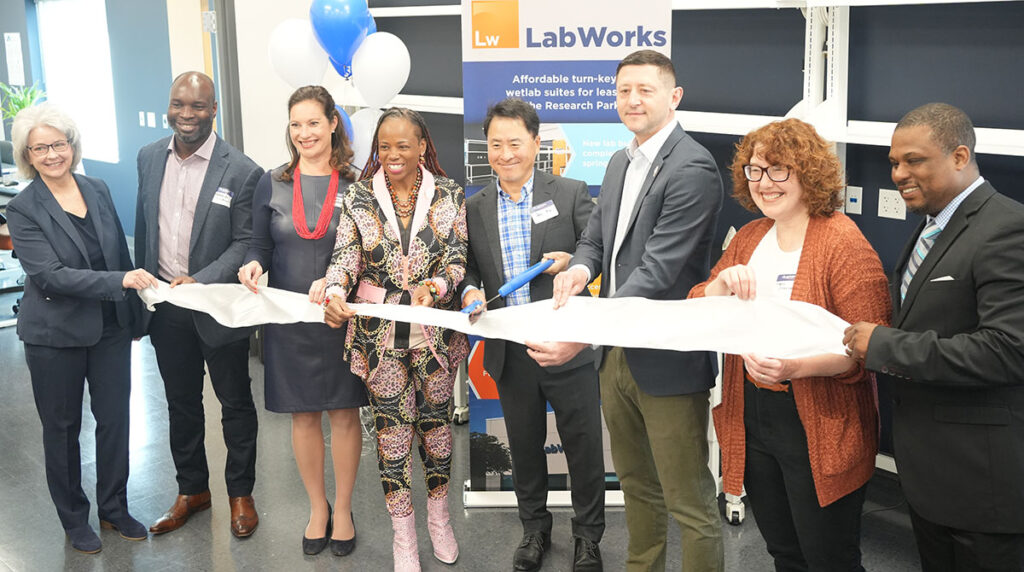Newswise — Dr. CheMyong Jay Ko, a reproductive endocrinologist, began exploring these possibilities shortly after joining the College of Veterinary Medicine in 2011. With a decade of experience as a researcher at the University of Kentucky College of Medicine, Dr. Ko embraced the transition to veterinary medicine, applying his expertise to address significant challenges in animal care.
Shifting to a Veterinary Perspective

“When I first started teaching veterinary students, they made it clear to me that I should focus on veterinary-specific problems in my lectures,” Dr. Ko recalls. “It required a shift in mindset from human medicine to animal medicine.”
Beyond his roles in teaching and research, Dr. Ko felt inspired to help future veterinarians find fulfillment in their careers by reducing their reliance on routine spay and neuter surgeries. He believes nonsurgical sterilization methods can allow veterinarians to focus on more lifesaving or health-restoring work while also sparing animals from unnecessary surgical procedures.
Founding Epivara
Recognizing this potential, Dr. Ko began working on developing a practical nonsurgical sterilant. This effort is distinct from his other research, which focuses on .
His breakthrough came from his and his colleagues’ studies showing that repetitive doses of estradiol benzoate, a synthetic estrogen, to newborn rodents disrupted their reproductive organ development. Dr. Ko explains that newborn animals have non-functional reproductive systems during a critical early developmental window when hormone levels are naturally low. Introducing estrogen at this time prevents development of reproductive organs and their sex behaviors.
In 2016, Dr. Ko founded to commercialize this discovery. The company’s name reflects its goal of creating an “epic change” in sterilization methods.
A Novel Approach to Sterilization
Epivara’s technology is distinguished by its innovative idea of dosing endogenous hormone(s) during a specific developmental window of time and the unique delivery method of hormone(s). In dogs and cats, biodegradable microspheres or pellets containing the hormone are injected under the skin via a standard medical needle. These sterilization products—called iSpay and iNeuter—treat females and males, respectively.
I take great joy in the belief that these products will enhance the careers of my veterinary students and also make people and animals happier.
CheMyong Jay Ko | Professor, Comparative Biosciences
For male pigs, Epivara developed iNeuter-S, which delivers hormones through a biodegradable pellet injected under the skin. iNeuter-S could replace surgical castration in boars, the current standard procedure used for preventing “boar-taint.”
These products work by preventing the development of reproductive organs without affecting the animals’ overall growth. “Without functioning ovaries or testes, animals have no or significantly less sex drive,” Dr. Ko notes, “which helps reduce problematic behaviors in pets and farm animals.”
Epivara has patented this technology for use in multiple species in the U.S. and Europe, including dogs, cats, and boars.

The photo at the top of this page shows three beagles, treated with iSpay in 2021. They have remained both sterile and healthy as of September 9, 2024.
Progress Toward Commercialization
Epivara is currently in discussions with the FDA and USDA, with hopes that their canine and swine sterilization products will advance quickly in gaining regulatory approval. However, Dr. Ko expects challenges to come. Bringing a new drug to market is a complex process, and he estimates that it will take around $25 million to achieve full regulatory approval, just for the swine product. Dr. Ko estimates a similar amount of money for gaining approval for the canine product.
His team has received three small business innovation research grants for testing their products in the dogs, pigs, and cats. These grants are from the National Science Foundation (NSF; dogs and cats) and the U.S. Department of Agriculture (USDA; pigs).
His team has also raised $6 million from private investors and venture capitalists. Since its founding, Epivara has grown rapidly, expanding from an incubator space to a dedicated facility in the .

Gaining Support
While some initial skepticism greeted the project, Dr. Ko’s dedication and strong research and clinical data have won over critics. “The science behind this is very strong,” he says, noting the multiple NSF and USDA grants awarded to the company as evidence of its credibility.
Dr. Ko believes these innovations will not only transform veterinary practice and animal agriculture but also enhance the careers of future veterinarians. “I take great joy in the possibility that these products will improve the lives of both people and animals,” he says.


